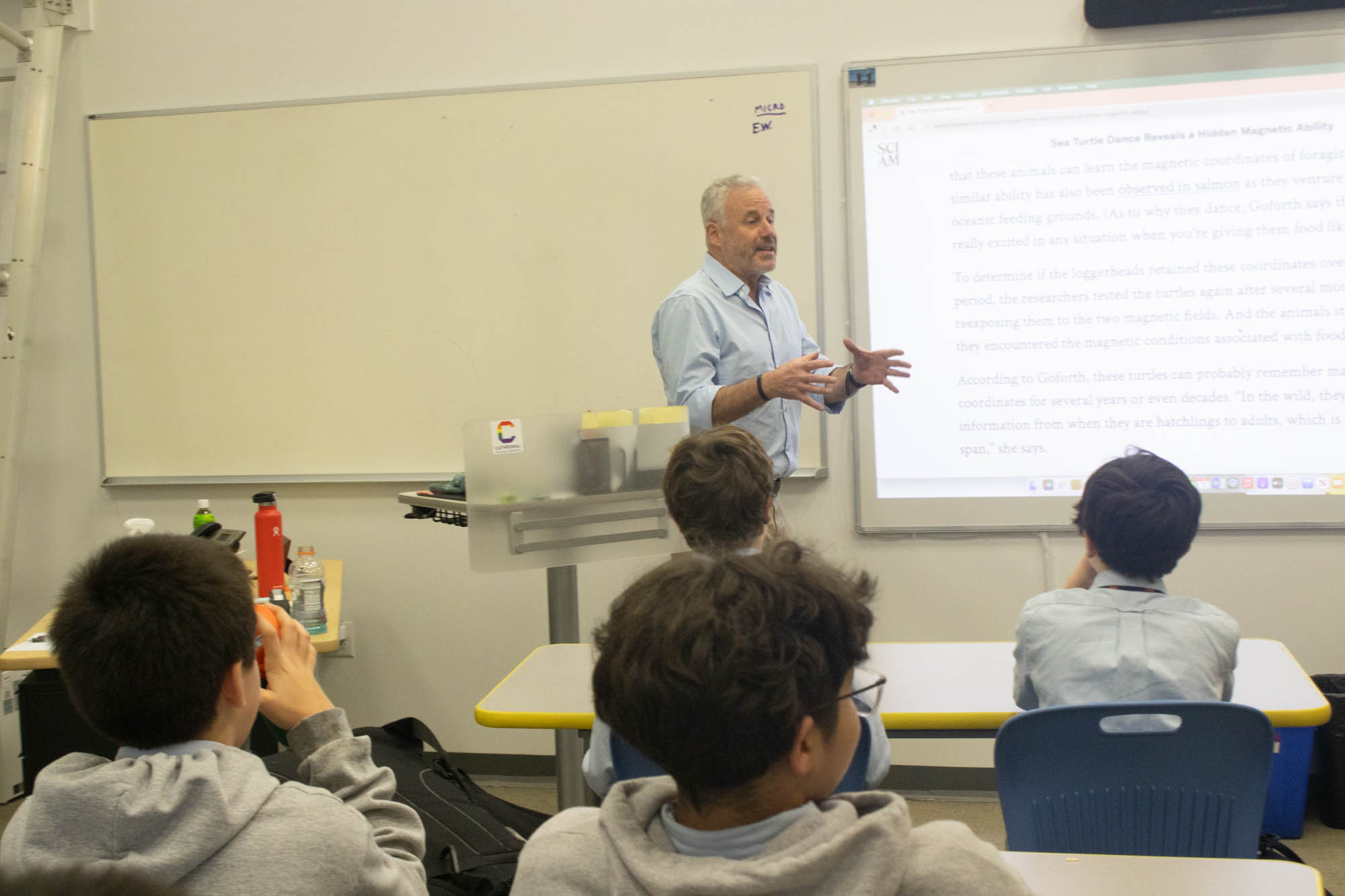30th Street center takes steps to battle senior-on-senior bullying

But some seniors do bully. And it starts early.
“Young bullies just become older bullies,” said Dr. Patrick Arbore, founder and director of Elderly Suicide Prevention & Grief Related Services at the Institute on Aging. “Bullying is a learned behavior. Unless someone called a stop to this behavior or the bully is fortunate enough to develop insight into what is considered relational aggression.”
Recognition of senior-to-senior bullying has been slowly surfacing in retirement homes and senior centers across the country. It was first formally identified as a phenomenon in 2013 by Robin P. Bonifas, an assistant professor in Arizona State University’s School of Social Work.
Identifying troubling behavior
A couple of years ago, staff at San Francisco’s largest multipurpose senior center – more than 300 seniors attend the center each day – began struggling with how to handle behavior they were starting to notice: gossip, seniors refusing to allow those with disabilities to sit at their lunch table; loud remarks about a frail elder’s appearance; unkind comments about a new member’s outfit; nastiness to staff. Often, but not always, the person being picked on was older and frail; sometimes, they were just different or seemed vulnerable.
At the recent American Society on Aging conference in San Francisco, Valorie Villela, director of The 30th Street Senior Center in Noe Valley, described how their center met the challenge. Villela began by asking the more than 70 social workers and geriatric case managers crowded for the forum, “How many of you have experienced bullying in your programs?” A chorus of hands affirmed what is increasing recognized as a problem in programs and facilities serving seniors. Bonifas estimated 10 to 20 percent of seniors have experienced senior-to-senior aggression, mostly verbal, in an institutional setting.
Staff members ‘at a loss’
“Staff members were at a loss,” Villela admitted. “Staff didn’t expect it, weren’t trained to recognize it and didn’t know what to do about it, so they minimized the bullying. They told victims not to mind it, that it will blow over and things will work themselves out.
And, she admitted, “interventions take up a lot of staff time and interactions with a bully can be difficult.”
Some targets of bullying were so intimidated they stopped attending the center. With ever fewer options to be around other people, they could become more susceptible to loneliness and social isolation. The center’s first response, suspending the bullies, didn’t address the target’s need either.
This was not the caring community, the welcoming environment Villela thought the center presented.
So she invited Arbore to help them develop an awareness and more effective ways to deal with bullying, or at least reduce its negative impact.
A real public health problem

“Bullying is a very real social and public health problem that’s been in the shadows for years,” Arbore said. “It affects the victims, their families, the people who care for them – and even the bullies themselves.
“Bullies want power. Unlike bad behavior, such as rudeness, or elder abuse, which is motivated by personal gain, bullying is about domination with intent to harm. Mean young people become mean old people. Personality features become entrenched over time. So, as they age, bullies only get better at it, unless there is some sort of intervention.”
With input from center staff and senior clients, Arbore came up with a two-phase pilot project. First: train staff to understand and recognize bullying, and intervene appropriately. Next: help seniors recognize, respond to, and report bullying. Anti-bullying posters offered behavioral guidelines and response procedures.
“The staff at 30th Street aren’t trained as psychotherapists,” Arbore said, “but they are trained to support, help, and empathize with both the person who bullies and the person who has been bullied. There is no quick fix or magic bullet. However, we do not want to underestimate or devalue the critical importance of boundaries, civility, kindness, and empathy.”
Helping the bully, too
Today, a bully may be referred to appropriate help, e.g., therapy or case management, instead of being suspended. Seniors at the center who have gone through a nine-week course on the problem of bullying are quicker to acknowledge the victim’s pain and offer support.

“The training helped us recognize that pushing to be first in line, name calling, gossip, being mean to staff, not allowing someone with a walker to sit next to you – behavior we’ve all noticed – are signs of bullying,” said Katherine Escobar, who facilitates the course for Spanish-speaking seniors. “It helped us understand the bully and gave us more tools on how to respond.”
The two-year project, which began in September 2016, received funding from the San Francisco Department of Aging and Adult Services. Villela is seeking funds to continue the effort.
“We want to have policies and procedures in place so the seniors will feel welcome at 30th Street. We are committed to hospitality. We want seniors to feel confident they will be treated with respect when they come to our center.”





